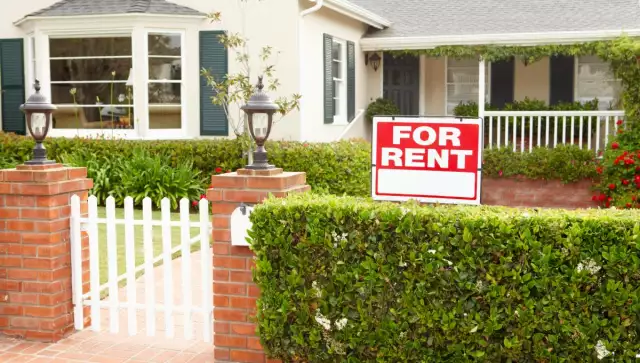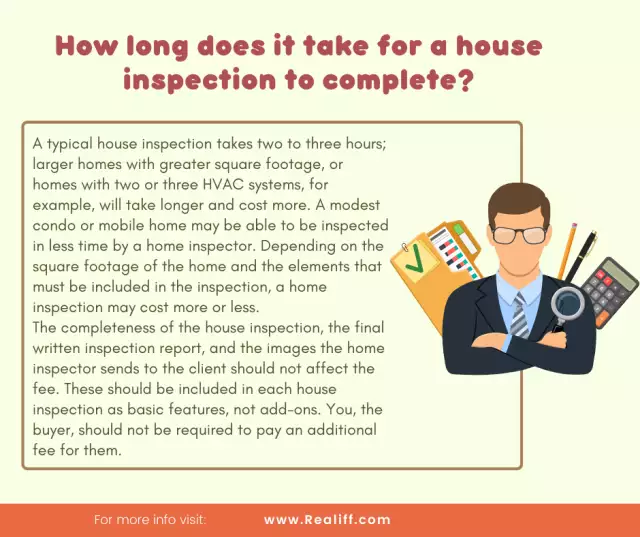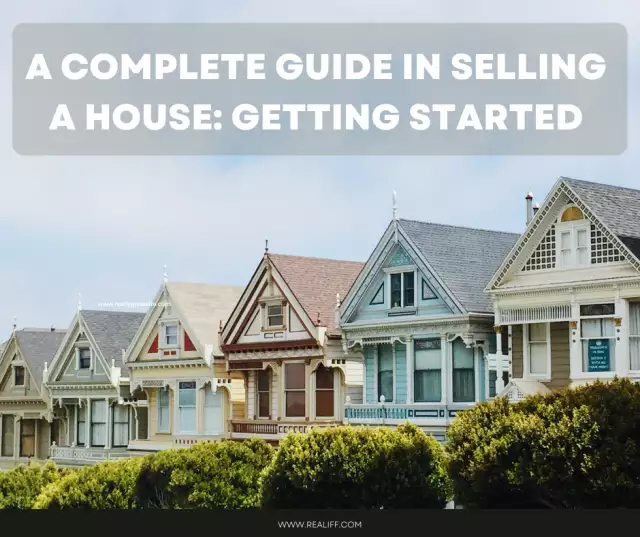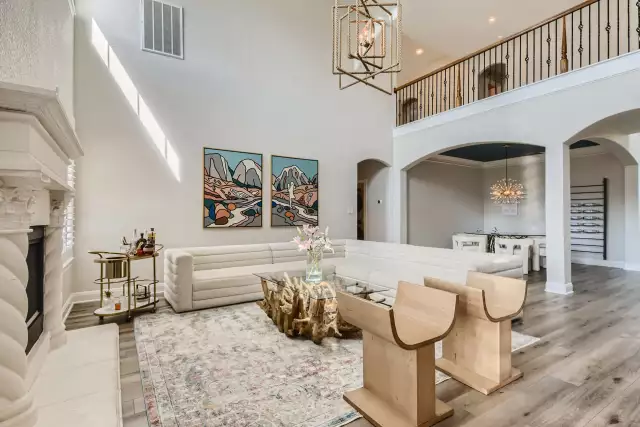A House With ‘Good Bones’? ‘Original Details’? It Could Be a Complete Wreck.
A House With ‘Good Bones’? ‘Original Details’? It Could Be a Complete Wreck.
Take a gander at the real estate listing supplements that often come with your newspaper, and you’ll find no shortage of city, suburban, beach and mountain Shangri-Las.
One recent edition of View, a publication of Coldwell Banker Realty, touted, in no particular order: a backyard oasis in northern New Jersey, an elegant sunlit Tudor and a “stunningly luxurious French Provincial” with “breathtaking panoramic views” in Watchung, N.J.
Then there was the 7,700-square-foot “stately manor” in Mendham, N.J., nestled on six acres. (Though one might ask how a 7,700-square-foot house can “nestle.”)
The people tasked with writing such descriptions — generally, the listing agents for the properties — have a tricky assignment. In a paragraph, maybe a few sentences, they need to convey the ineffable appeal of the home while also addressing practical matters, like the size of the lot, the number of bedrooms and bathrooms, and the special features — pool, terrace, doorman, whatever — that the discriminating buyer couldn’t possibly live without.
They say a picture is worth a thousand words; one video or virtual tour may be worth several thousand more. But actual words still carry weight, and some choice nouns and adjectives can spark the interest of a prospective buyer, according to industry professionals.
“The things that people tend to forget is that advertising has only one goal in the real estate industry: get the person to go look at the property,” said Frederick W. Peters, the president of the real estate firm Coldwell Banker Warburg, part of Coldwell Banker Realty.
Accomplishing that goal “is a huge communication challenge,” said Allen Adamson, a marketing consultant. “The trick is to go beyond the facts about the house and to make an emotional connection with the consumers.” That might be done by identifying one core theme — “country living close by” or “antidote to civilization” — and then adding “some rational support like ‘recently renovated’ to make buyers know the house won’t be a money pit,” he said.
“If it’s all evocative, consumers will tune out,” Mr. Adamson continued. Some detail helps, he added, “but the more you try to tell them everything the less they’ll hear anything.”
Putting the best possible face on a property requires finesse. But it’s not always clear what listing agents are getting at. We’re here to explain.
The Real Estate Translation Guide
Description: Interesting design
Translation: This house is odd.
Description: Cozy
Translation: Small and dark.
Description: Room to grow
Translation: See: cozy.
Description: Natural beauty
Translation: It’s not landscaped.
Description: Good bones
Translation: It’s a wreck. Get out your checkbook.
Description: Loads of original details
Translation: It’s a wreck. Get out your checkbook.
Description: Right on the water
Translation: Right in a flood zone.
Description: Walk to the beach
Translation: Lace up your sneakers and pack a lunch.
Description: Create your dream house
Translation: It’s a teardown.
Description: For the discerning buyer
Translation: See: interesting design
Description: Be the first to see this
Translation: “You can be sure the listing agent has already shown it to many others,” said Diane Saatchi, an associate broker in the East Hampton office of the real estate firm Saunders & Associates.
Description: Priced to sell
Translation: “Shouldn’t all properties be priced to sell?” Ms. Saatchi asked.
Description: Price reduced
Translation: The previous price was too high.
Description: Price upon request
Translation: “It’s overpriced,” Ms. Saatchi said.
Description: Like new
Translation: The house could be three years old. Or 30 years old.
Description: Close to transportation
Translation: Inquire further. The house could overlook the railroad tracks.
Too often, ads are written to gratify sellers rather than bring in buyers, according to Ms. Saatchi. “They want you to say everything about their property including that the pavers are two years old,” she explained. “Or there will be things like ‘Relax by the pool,’ which sounds stupid,” she said, adding: “Are you going to tell buyers what to do in the bathroom?”
Mr. Peters is amused by new construction developments “in which you have the brand of every appliance and the name of the marble in the bathroom,” he said. “For God’s sake, who cares about the source of the marble? I think it’s done to convey luxury.”
Judy Szablak, an associate broker at Coldwell Banker Realty in Westport, Conn., feels differently. “Some buyers may not know what Carrara marble is, but they’d rather read ‘Carrara marble’ than just plain ‘marble,’” she said. “Absolutely, I think that flowery language is valuable, maybe not with all buyers but with what I think of as expressive buyers. A particular descriptive phrase can help them identify with a property, see it and put an offer in.”
Unsurprisingly, the coronavirus pandemic has reshaped the content and language of some ads. “Retreat,” “secure” and “private” are frequently deployed. Highlighting features like the home office, tech infrastructure and internet speed, particularly in rural environments, “is now incredibly important if prospective buyers have a hybrid work arrangement,” said Brad Nelson, the chief marketing officer for Sotheby’s International Realty.
Further, Mr. Nelson said, what might have been billed before the pandemic as “a nanny suite” might now be more flexibly labeled a secondary principal bedroom, i.e. accommodations for quarantining friends or family. “It’s the same feature but you’re describing it in a different way now.”
To make sure listings are boiled down to their essence, Sotheby’s International recently imposed a 350-character count on property descriptions in the advertising supplements. “This way,” Mr. Nelson said, “agents are forced to focus on the most important feature that will capture a buyer’s attention.”
For weekly email updates on residential real estate news, sign up here. Follow us on Twitter: @nytrealestate.









